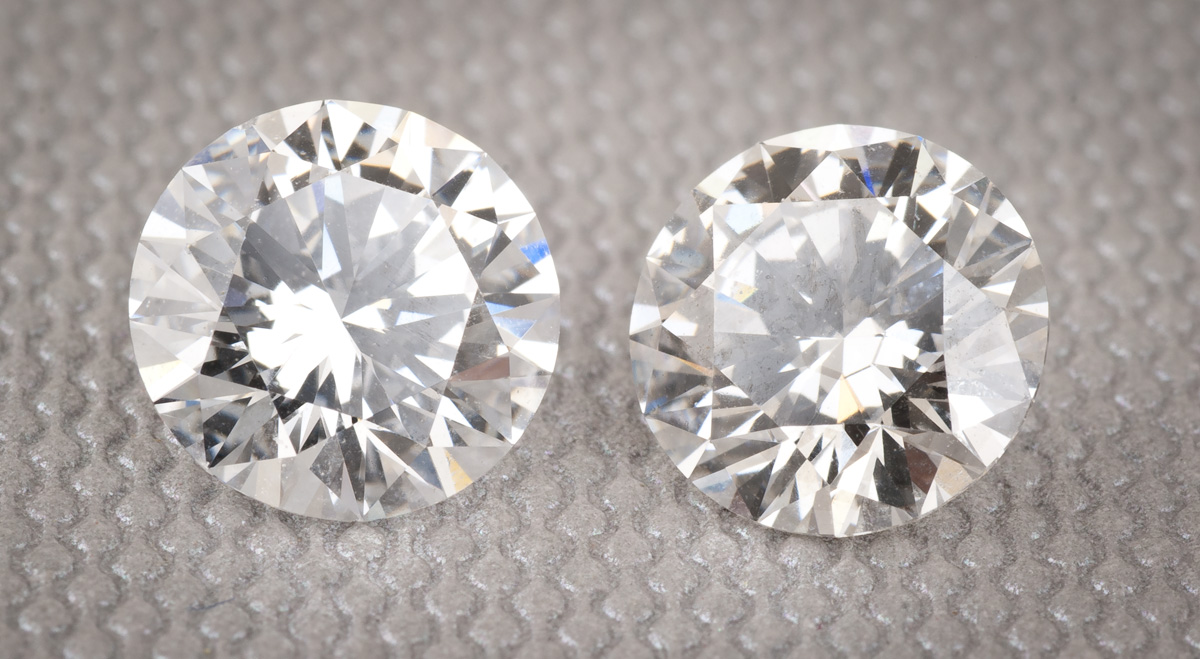
When it comes to purchasing a diamond, one of the most crucial factors that affect its overall beauty and brilliance is the diamond’s cut. The cut influences how well a diamond reflects light, which in turn affects its sparkle and visual appeal. In this article, we will explore the difference between a “diamond cut good vs very good, focusing specifically on lab-made diamonds, and explain why choosing the right cut is essential for getting the best value for your money.
Understanding Diamond Cut Quality
The term “diamond cut” refers to the quality of how a diamond has been shaped and faceted. Unlike diamond color or clarity, the cut is the only attribute that is directly influenced by human craftsmanship. A well-cut diamond can appear more vibrant, while a poorly cut diamond might look dull and lackluster, even if it has excellent color or clarity grades.
When you hear the terms “Good” and “Very Good” in relation to diamond cut, these refer to the grading given to diamonds based on their overall proportions, symmetry, and how well they reflect light. While “Good” diamonds may still exhibit decent sparkle, “Very Good” diamonds are crafted with more precision, resulting in more brilliance and a higher level of visual appeal.
What Does a “Good” Cut Mean?
A “Good” cut in a lab-made diamond refers to a diamond that has been cut to acceptable proportions but may not achieve the highest level of brilliance or sparkle. Although the diamond will still display an overall shine, there may be some light leakage due to less precise faceting. This can make the diamond appear slightly less vibrant compared to a diamond with a “Very Good” cut grade.
The proportions of a “Good” cut diamond are usually a bit less ideal, which can cause some of the light entering the diamond to escape from the sides or the bottom rather than being reflected back through the top. This means that while the diamond will still appear attractive, it will not be as eye-catching as one that has been cut with more attention to detail.
What Makes a “Very Good” Cut Special?
A “Very Good” cut, on the other hand, indicates a higher level of craftsmanship and precision. Diamonds with this cut grade tend to exhibit more brilliance and sparkle because their proportions are optimized for maximum light reflection. The facets of a “Very Good” cut diamond are carefully arranged so that light enters the stone and is reflected in a way that enhances the diamond’s visual appeal.
The difference between a “Good” cut and a “Very Good” cut often lies in the finer details, such as the angles of the facets and how they interact with light. While the difference might not always be immediately noticeable to the untrained eye, it becomes more apparent when comparing diamonds side by side. A “Very Good” cut diamond often appears livelier and more radiant compared to a “Good” cut.
Lab-Made Diamonds and Their Cut Quality
When it comes to lab-made diamonds, the cut quality is just as important as it is for natural diamonds. lab made diamonds are created in controlled environments using advanced technology, but they still require the same level of craftsmanship and expertise to achieve a high-quality cut. The cut of a lab-made diamond significantly impacts its overall visual appeal and value, which is why understanding the difference between a “Good” and “Very Good” cut is essential when purchasing a lab-made diamond.
Lab-made diamonds are becoming more popular due to their ethical sourcing and often lower price compared to mined diamonds. However, just like natural diamonds, lab-made diamonds can have varying cut grades, which means shoppers need to pay attention to this factor when making a purchase.
How the Cut Affects the Diamond’s Value
The cut of a diamond is one of the most important factors influencing its price. A diamond with a “Very Good” cut will generally cost more than one with a “Good” cut, even if both diamonds have similar carat weight, color, and clarity. This is because diamonds with better cuts have a higher potential to reflect light and appear more brilliant, making them more desirable.
When shopping for lab-made diamonds, investing in a “Very Good” cut can provide you with better long-term value. While a “Good” cut might offer savings upfront, the increased brilliance and overall quality of a “Very Good” cut can make it worth the additional cost. In many cases, the difference in price between a “Good” and “Very Good” cut is relatively modest compared to the increase in visual appeal.
Which Cut Is Best for You?
Choosing between a “Good” and “Very Good” cut ultimately depends on your personal preferences, budget, and how important diamond sparkle is to you. If you are looking for a more budget-friendly option, a lab-made diamond with a “Good” cut may still provide excellent value, offering a decent level of brilliance. However, if you prioritize a diamond that shines with exceptional brilliance and vibrancy, a “Very Good” cut may be the better choice.
It’s essential to remember that when it comes to lab-made diamonds, the cut is one of the few aspects that can significantly impact the diamond’s appearance. While other factors like color and clarity are also important, a well-cut diamond can make a noticeable difference in how the stone looks.
Conclusion: The Value of the Cut
In conclusion, when purchasing a lab-made diamond, the cut plays a pivotal role in determining its visual appeal and overall value. Understanding the difference between a “Good” cut and a “Very Good” cut can help you make a more informed decision. While both cuts are acceptable, the “Very Good” cut offers superior sparkle and brilliance, making it a great option for those seeking a more vibrant and dazzling diamond. Whether you choose a “Good” or “Very Good” cut, ensuring you understand how the cut affects the appearance of the diamond is crucial for getting the best diamond for your budget.






